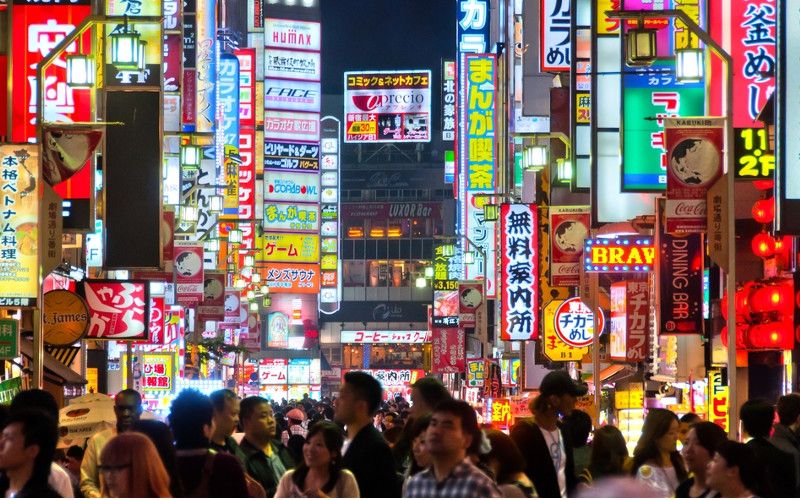If you’re planning a trip to Japan, you may at first feel overwhelmed by the vast amount of exciting cities, stunning natural landscapes, and unique historical attractions to visit.
Fortunately, we’ve compiled this handy Japan guide to help you make informed decisions about what you want to get out of your trip, how to prepare, and the services and facilities that may be useful to you during your stay.
You can use the following travel guide to help you plan your itinerary in the country, compile your packing list, and learn more about Japanese customs and lifestyle in general.
When you should travel to Japan
The best time to visit Japan is subjective and depends on what you want to get out of your trip. See the following advice for traveling to Japan depending on the season:
- Spring – The stunning colors of the sakura cherry blossom season draw many foreign visitors to Japan in spring. However, this is can result in large crowds at the parks and shines where the cherry trees can be found. Furthermore, Golden Week, one of the main Japanese holidays, takes place from late April to early May, and is considered one of the worst times to visit Japan because public transportation can be incredibly crowded and prices tend to be at their highest.
- Summer – A great time to take part in outdoor activities in Japan and enjoy a number of matsuri festivals. Although summer is the rainy season across much of the country, the rain rarely affects travel plans, and most of Japan experiences hot and humid weather.
- Autumn – One of the least crowded times to visit Japan, although the popular tradition of koyo autumn leaf viewing can also draw large crowds in November. However, early December still allows plenty of opportunities to take part in this pastime.
- Winter – Those who visit Japan in January, February, or March will find it one of the cheapest and less crowded times to travel to the country. Winter sports enthusiasts will want to take advantage of the excellent powder snow for skiing and Snowboarding in Hokkaido.
Things to know before you travel
Some basic facts that travelers should know before traveling to Japan include:
- The phone number for a medical emergency is 119
- Public restrooms in Japan are readily available and easy to find in prominent tourist attractions, train stations, and department stores
- Trash cans in public spaces are not common, and many Japanese people carry their trash with them during the day to later dispose of at home
- It is normally necessary to remove shoes before entering a Japanese home, as well as in some public establishments
- Japanese streets are not named with the exception of major roads, and the address system in Japan is based on areas
- Travelers with tattoos are advised is necessary to cover up if planning to visit a public onsen hot spring.
Do I need a visa to travel to Japan?
Travelers from a number of countries, including The United States, the United Kingdom, Canada, Australia, Mexico, and all European Union countries, do not need a Japan tourist visa to enter the country for short stays.
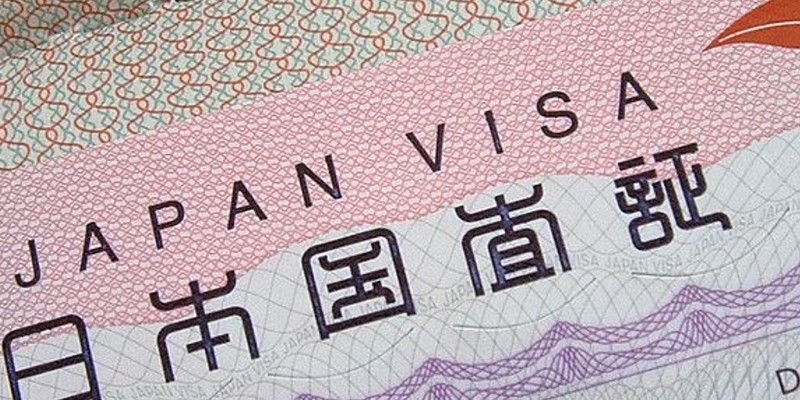
Citizens of these countries receive a temporary visitor stamp in their passport upon arrival in Japan, which guarantees their entry to the country for purposes of tourism. Travelers are required to have this stamp in their passport to be eligible to apply for the JR Pass.
Planning your trip to Japan
When planning a trip to Japan, it’s a good idea to settle on your itinerary and investigate accomodation and travel options for each destination in advance.
Below you’ll find an extensive list of travel tips for the country, including how to access WiFi in Japan, basic Japanese etiquette and common phrases you should learn, and how to travel with a JR Pass.
Accommodation
If you’re traveling to Japan on a budget, an excellent accomodation option is to stay in a sleep pod in a Japanese capsule hotel.
Although the sleeping capsules in the unique ‘pod hotels’ are smaller than a regular-sized hotel room, these establishments are usually ultra-modern and very comfortable, and may also offer luxury facilities such as a sauna and a spa.
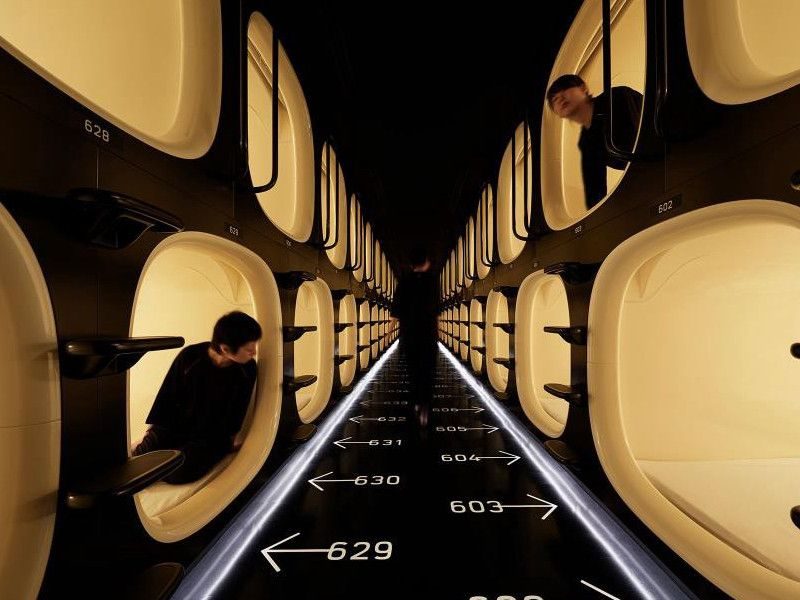
Travelers willing to spend a little more to experience traditional Japanese accommodation should consider staying in a Ryokan (Japanese guest house).
Although a Ryokan may cost a little more than a regular hotel (typically between ¥15,000 and ¥25,000 per person, per night), many visitors feel that it is worth it for the traditional Japanese experience.
JR Pass
The Japan Rail Pass is a must-have for all visitors planning to travel around Japan.
The JR Pass is multi-use, discounted ticket that allows unlimited access to trains operated by Japan Rail National, as well as JR bus services, ferry services, and airport transfers.
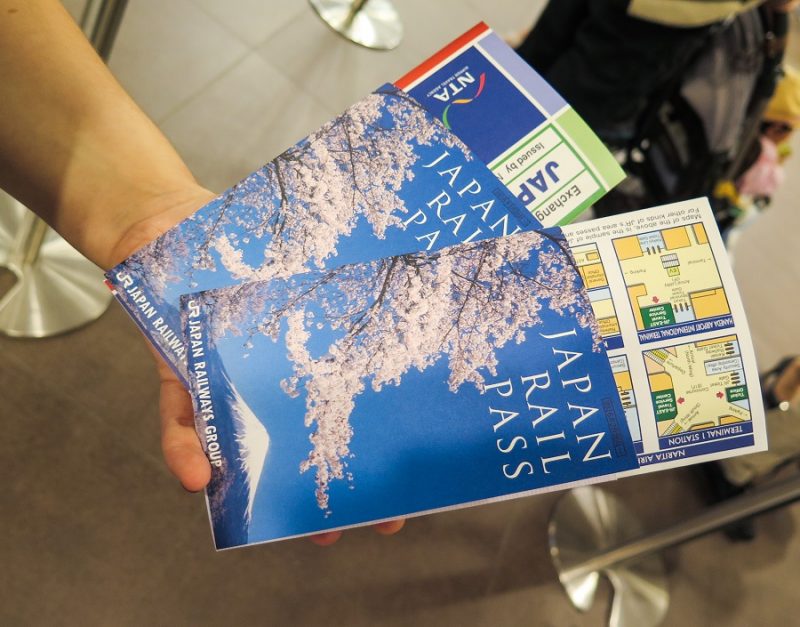
The Japan rail pass is worth obtaining even if you don’t plan on traveling extensively within the country, as this cost-effective travel option for the whole country is around the same price as a single ticket from Tokyo to Kyoto on a Shinkansen bullet train.
[banner-en]
IC Cards
If you don’t plan on leaving Tokyo during your stay, you may want to consider applying for a Japanese IC card, a prepaid rechargeable travel card which can be used on trains, metros, buses, ferries, and cable cars within the city.
An IC card may also be used at certain restaurants, vending machines, and convenience stores throughout Japan. IC Cards can be purchased from an automated kiosk or ticket counter or at any major train station
Itineraries
Whether you are planning to visit Japan for a week or up to a month, there are a number of comprehensive Japanese routes and itineraries available to help you see everything you want to take in during your trip.
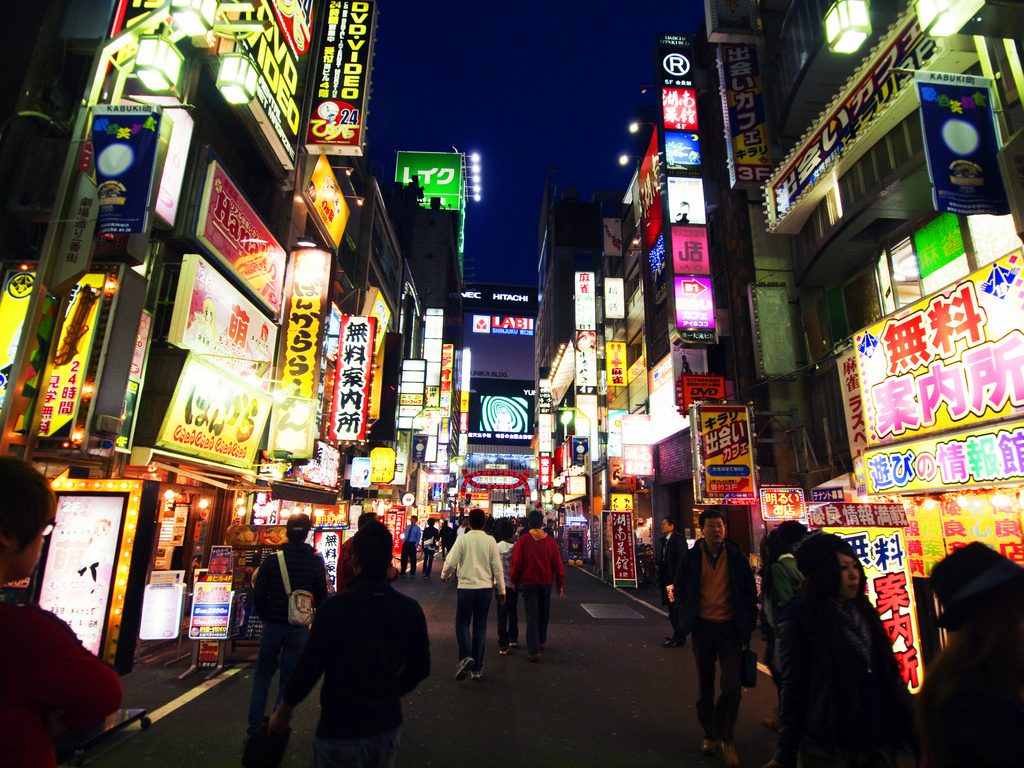
Apart from the itineraries for attractions in individual cities such as Tokyo, Kyoto, and Osaka, the following routes can help you get around come of the most appealing areas of the country in the time you have available:
- 7 days – Tokyo highlights, Kamakura, Kyoto, and the Todaiji Buddha statue in Nara
- 10 days – Tokyo, Takayama, Japanese Alps, Kyoto, Nara, and Osaka
- 14 days – Kyoto, Osaka, Nara, Hiroshima, Miyajima, Fukuoka, and the best attractions to visit in Tokyo
- 21 days – An in-depth itinerary including Tokyo, Kyoto, Takayama, Osaka, Nara, Okayama, and Hiroshima.
Phone and internet access
Travelers to Japan can gain internet access in a variety of ways. Upon arrival in the country, it’s a good idea to download the Japan Connected phone app, which indicates where you can find free WiFi at over 1,500 hotspots in Japan.

If you need to constantly access high-speed internet while on your travels, it is advisable to rent a pocket WiFi router, to which up to 5 devices can be connected. A pocket WiFi can be rented for between 5-30 days and can be picked up on arrival at a Japanese airport or from your hotel.
You also have the option to rent a Data SIM card to access the internet while in Japan, which permits you to use up to 500 MB of high-speed internet per day.
Dos and don’ts
Before visiting the country, you should learn the basic rules of Japanese etiquette to show respect to local customs and traditions.
Some common ‘Do’s include:
- Bowing as a greeting
- Taking shoes off when entering a Japanese home
- Showing appreciation for a home-cooked meal.
While in Japan, visitors should not:
- Point using chopsticks
- Blow their nose in a public place
- Wear inappropriate clothing when visiting temples and shrines.
Learn some Japanese phrases
While you may meet Japanese people who speak English while traveling in the country, it’s still a good idea to learn some basic Japanese phrases to help you get by. Locals will also appreciate the effort.
Some common phrases that are good to know include:
- Konnichiwa – “Hello”
- Ogenki desuka? – “How are you?”
- Sumimasen – “Excuse me”
- Kudasai – “Please”
- Arigato – “Thank you”
Bring some cash and look for 7-11
As not all of ATMs in Japan accept credit or debit cards issued overseas, it’s a good idea to bring some cash currency with you when traveling to the country.
Nevertheless, there are over 30,000 ATM locations across Japan that do cater to international travelers. This includes over 10,000 ATMs at Seven-Eleven convenience stores across Japan, where foreign cards such as Visa, Plus, American Express, Cirrus, and others are accepted.
Familiarize yourself with Hyperdia
Hyperdia is a useful transport planning mobile and web app which allows you to plan your itinerary to travel around Japan by train with precision.
Travelers who download Hyperdia have direct access to up-to-date schedules, journey times, and train information and prices. The app also allows you to access links to useful services in the selected locations, such as car rental companies, hotels, and restaurants.
Useful travel apps
Besides Hyperdia, there are a number of other travel apps for Japan which visitors may find useful during their visit to the country. These include a variety of apps to translate Japanese into English, to navigate the metro systems in the major cities, and restaurant and hotel-finder apps.
Don’t miss while in Japan
If you’re only planning a short stay in Japan, you should make sure you fill your itinerary with the top attractions and most typical traditional experiences. Find below some suggestions.
Ryokan
These small traditional inns are usually run by the same family for generations, and are typically located close to onsen hot springs or public baths in appealing natural surroundings. Most Ryokans in Japanese cities also have dedicated indoor bathing facilities.
The Gora Kadan in the Hakone region, Tamahan Ryokan in Kyoto, and Sadachiyo Ryokan in Tokyo are considered some of the best Ryokan in Japan.
Onsen
These natural hot springs, fueled by volcanic activity, are perfect for taking a soothing, warming dip in the winter months, and are usually located close to Ryokan guest houses.
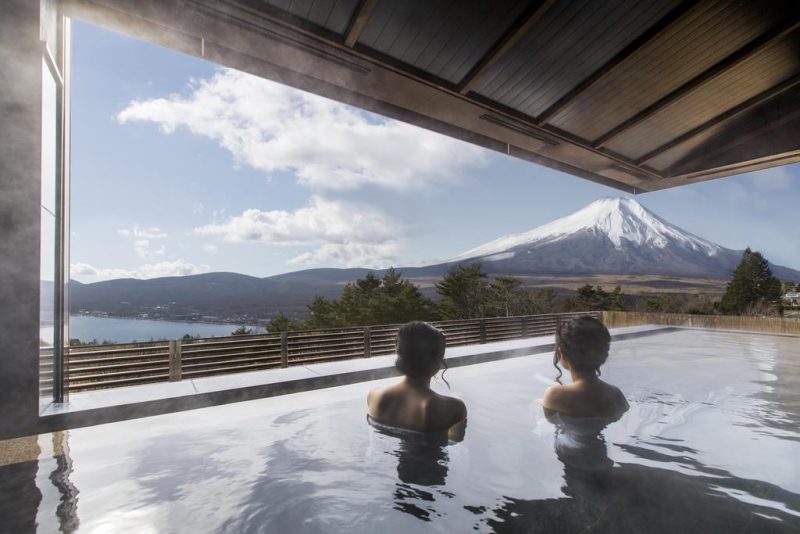
Onsen in Japan you should consider visiting during your stay include Kusatsu Onsen in Gunma Prefecture, any of the luxury onsen in Hakone, and the Noboribetsu Onsen in Hokkaido.
Cherry blossom
The Japanese cherry blossom, known as sakura, is one of the main attractions for travelers to Japan during the spring months, and sees Japanese parks and shrines come to life with the spectacular blooming of pink and white cherry flowers.
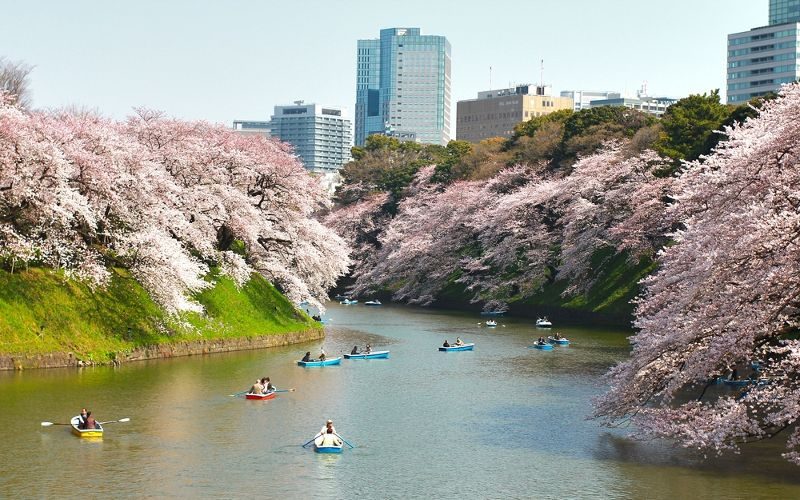
If having a picnic under the blooming cherry trees or taking part in a cherry blossom festival appeals to you, you should check the yearly Cherry blossom forecast before planning your trip to get the timings right.
Momiji
In Japan, the phenomenon of the autumn leaves changing into vibrant shades of red, yellow, orange, and brown is called momiji, which means ‘ red leaf’, and can be just as stunning as the spring cherry blossom.
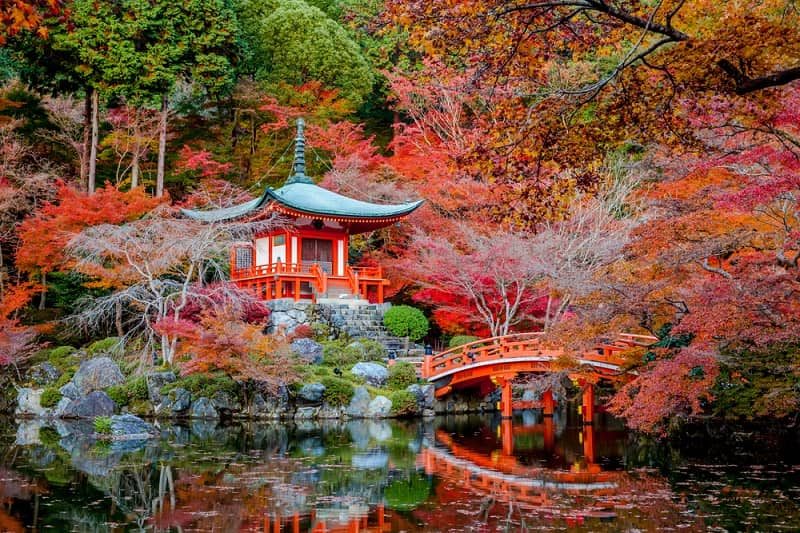
The act of Momijigari (red leaf hunting) reaches its peak in November, but in some regions the leaves can start turning as early as September or much later in the season, in December. Check the yearly Autumn leaves forecast to make sure you don’t miss out on the phenomenon.
Ride the Shinkansen
Using the Shinkansen network is the fastest and most convenient way to get around Japan, with the high-speed trains capable of reaching up to 320 km/h (199mp/h).
The Shinkansen lines are extensive and cover the majority of Japan, from Tokyo to Osaka and the south, to the northern parts of Honshu and the entirety of the island of Hokkaido.
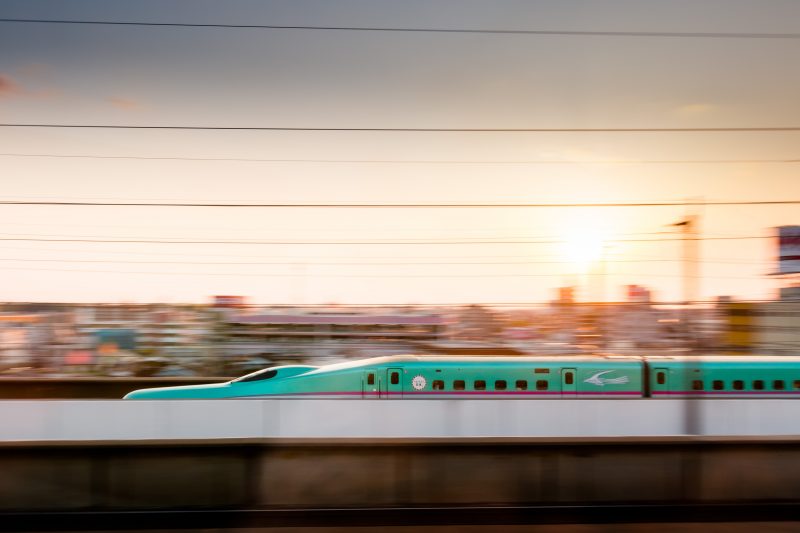
Holders of the JR Pass are granted unlimited access to all of the Shinkansen bullet trains during its validity. From October 2023, you can also ride the Nozomi and Mizuho Shinkansen if you pay a supplement. These run on the Tokaido, Sanyo, and Kyushu Shinkansen lines.
[banner-en]
Top destinations in Japan
You may feel as though there are an overwhelming number of places to visit during your stay in Japan. While this may be true, there are certain cities and natural landscapes you really can’t msis during your trip, including:
Japanese top attractions
While there a vast number of enticing historical and cultural attractions in Japan to discover during a visit, if you are only planning a short trip you might want to consider prioritizing some of the following:
- Tokyo Imperial Palace
- The Chureito Pagoda overlooking Mt. Fuji
- The Fushimi Inari Taisha Shrine in Kyoto
- Osaka Castle
- Arashiyama bamboo forest near Kyoto
Of course, this is just a small sample of the many unique attractions in Japan, and if you’re planning a long trip the country, you’ll be able to discover much, much more.
